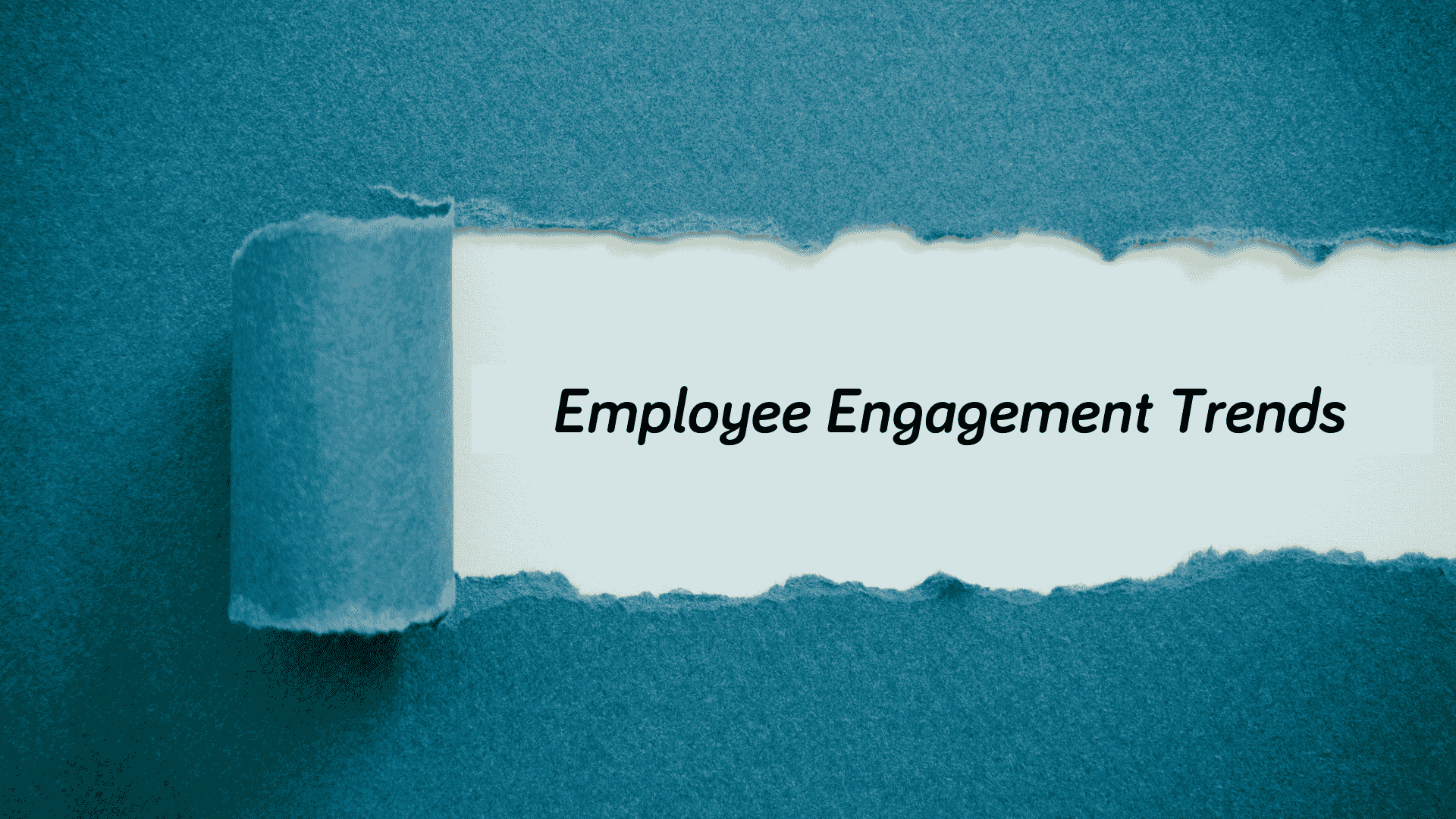Technostress: How is it affecting your workforce?
November 4, 2020Categorised in: Employee Wellbeing, News
During and since the COVID-19 pandemic, remote working has become increasingly normalised. As digital technologies evolve, the strain on employees to remain productive in this digital landscape can give rise to a phenomenon known as technostress.
Below, we explore what technostress is and how you can help your employees and colleagues avoid it.
What Is technostress?
Technostress is the stress and negative psychological impact of introducing new technologies at work. The consequences of technostress are serious and shouldn’t be overlooked, ranging from physical symptoms such as headaches and anxiety to more severe issues such as burnout and depression.
5 Causes Of Technostress
- Invasion: The integration of remote work setups has blurred the lines between professional and personal life, particularly if workloads are large and can’t be completed within normal working hours. With work accessible through smart devices and high-speed internet, employees often find it challenging to disconnect, leading to heightened stress levels.
- Overload: Even when working during normal work hours, it can be hard to focus, and we can feel overloaded by constant interruptions such as emails and video meetings.
- Complexity: Employees who may be inexperienced with technology can find new software and equipment complex and intimidating. Even when we may have got to grips with software, new updates can also cause stress and frustration.
- Lack of support: In some workplaces, employees are left to navigate new technologies, tools, and software by themselves as they go along, without any additional time, training or support provided. This lack of assistance can breed insecurity and performance anxiety.
- Uncertainty: Technology is constantly advancing and updating, and this may bring about a sense of instability and uncertainty about what an employees’ work will look like tomorrow.
While it might seem logical that those using technology all day every day are more exposed to technostress, this isn’t the case. Employees that only use technology occasionally are more likely to suffer from it over people who regularly use tech. When everyone is needing to adapt to a new way of working at a quick pace, this stress can be heightened even more.
Identifying Technostress Symptoms
As so much of our day-to-day lives rely on technology, it can be difficult to recognise the signs of technostress. Humans only have one stress response, which is why symptoms of it are so like regular stress.
- Hormonal: Cortisol (our stress hormone) increases significantly, which can lead to strain and burnout at work.
- Physical: Headaches, sore neck, back, and shoulder muscles, an inability to relax, hypertension, just to name a few.
- Mental: Increased errors, lower productivity, lack of concentration, low morale, depression, mental exhaustion, cynicism towards technology.
- Emotional: Panic/anxiety attacks, feelings of isolation, irritability, less time for sustained thinking, work:life imbalance, diminshed job satisfaction.
Preventing and overcoming technostress
Having a strong digital culture with a clear strategy on the use of technology within your business is key to overcoming technostress. To mitigate it and foster a healthier work environment, consider implementing the following strategies:
Risk assessment: Get a clear picture of the current situation. Utilise digital tools to assess productivity trends and screen time (without invading privacy), identifying areas where employees may be struggling with new technologies.
Raise general awareness: One of the biggest ways to combat any kind of mental health issue in the workplace is to raise awareness of it. By making sure all employees know about the signs, causes and dangers of technostress, those struggling are more likely to speak up.
Encourage work:life balance: Encourage employees to establish boundaries between work and personal time, discouraging after-hours work-related communication.
Provide training and resources: Offer comprehensive training programs to equip employees with the skills needed to effectively navigate new technologies. Ensure ongoing support is available to address any challenges or questions that arise.
Review work processes: Reevaluate workflows and procedures to streamline tasks and alleviate unnecessary workload. Consider external stressors and adapt policies to accommodate remote work dynamics.
Streamline communication: Minimise unnecessary communication channels to prevent information overload. Encourage concise and purposeful interactions to enhance productivity and reduce stress.
Despite being identified in the 1980s, technostress remains a prevalent issue, especially in today's digital work environment. By being aware of the contributing factors and their negative effects, you can protect your team and assist their tech knowledge where appropriate, helping to avoid a negative effect on their wellbeing and foster a positive work culture.
Promote Employee Wellbeing With HIVE360 Support Services Ltd
Prioritising employee wellbeing is paramount for business success. Partnering with us can help, get in touch with us here to find out more about our range of services.




